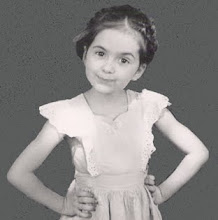Richard Jesse Watson
I like to cross-hatch with an exacto knife.
The subject matter (of a painting) tells you what medium to use.
Some mediums ’fight’ you.
I like the challenge of 'making do' (with tools and supplies).
Experiment. Sometimes when you experiment you fail. But then you know ‘don’t do that again!—It was easier in my imagination!’
I like to play with symmetry and design.
I like the challenge of 'making do' (with tools and supplies).
Experiment. Sometimes when you experiment you fail. But then you know ‘don’t do that again!—It was easier in my imagination!’
I like to play with symmetry and design.
He likes to use egg tempera, and has spent as long as three months on one egg tempera painting. The elegance of egg tempera painting comes from the delicate brush work that’s possible as well as its transparency. It’s a dance between opacity and transparency. He thinks you can get similar results with acrylics.
Both oils and tempera need to breathe, that’s why they can be used together. (You can paint oil OVER tempera).
He doesn’t recommend (egg tempera) unless you have a lot of patience.
Strathmore rag illustration board is an elegant amazing surface—either ‘toothy’ or hot press. But hot press is not good with an electric eraser (which he likes to use). It can ruin the surface.
Kadir Nelson
I’ve been searching high and low for notes from Kadir Nelson’s demonstration. I was so mesmerized by watching him paint this amazing portrait, I must not have taken any!
The subject -- a volunteer from the audience -- is illustrator Dan Santat.
 These photos speak for themselves.....
These photos speak for themselves.....



























